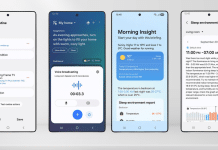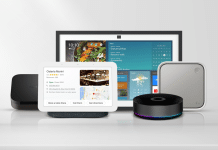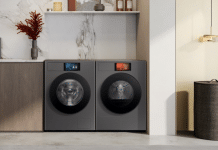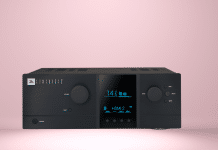
Tobin Richardson is the President and CEO of the Connectivity Standards Alliance (CSA), leading a mission to simplify and unify the Internet of Things (IoT) through open, global standards. With over 695 member companies across 45 countries, CSA drives collaboration among industry leaders to create a more connected, accessible, and sustainable world. Richardson spearheaded the launch of Matter, an IP-based standard supported by major IoT players like Amazon, Apple, Google, Comcast, and Samsung SmartThings, aiming to break down IoT “walled gardens” and foster interoperability.
In an exclusive interview with Smart Home World, Tobin Richardson, President and CEO, Connectivity Standards Alliance (CSA), discusses ‘Matter at One Year’, recent partnerships, and future plans.
Can you briefly describe the mission and goals of the Connectivity Standard Alliance?
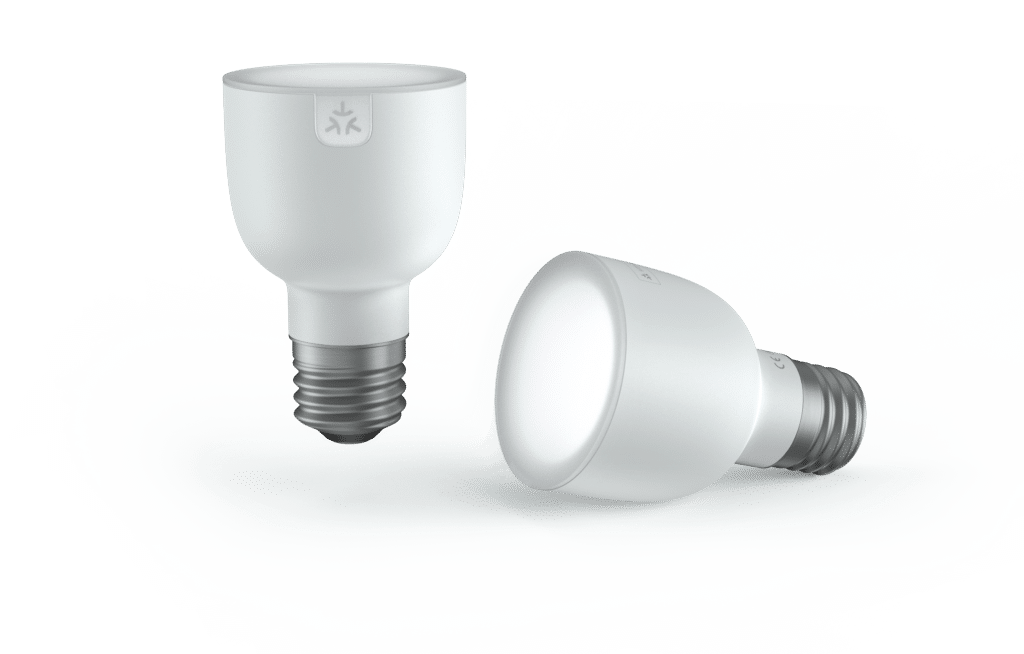
The Connectivity Standards Alliance (CSA) is an international community of more than 700 technology companies committed to open standards for the Internet of Things (IoT). Our wide-ranging global membership collaborates to create and evolve universal open standards for the products transforming people’s lives. With our members’ deep and diverse expertise, robust certification programs, and a full suite of open IoT solutions, the Alliance is leading the movement toward a more intuitive, imaginative, and useful world.
How does your organization contribute to developing and promoting connectivity standards in the industry?
Our organization is member-driven, we charter to provide a place where collaboration and important work can happen, on equal footing. We have mechanisms in place to allow for shared IP and a one-company-one vote structure. We have a member-led board of directors, member-driven leadership and technology committees, and various levels of participation available. Every company volunteers their time to the Alliance and its initiatives.
We are always recruiting and expanding our membership to include full representation of stakeholders in all the areas we work in. We also engage with government bodies and regulators around the world, to align on priority areas and see where standards can make an impact – product security and data privacy are two of these new areas.
Can you share with our professional readers the progress made by Matter, a protocol for smart home devices that was released by the Connectivity Standards Alliance (the Alliance) just over a year ago?
Matter’s roll-out has out-paced the typical adoption cycles of previous industry standards. Rather than taking years for users to replace hub hardware, software updates enable existing smart home hubs and devices to become Matter controllers. This has created a global market with up to hundreds of millions of homes ready to connect new Matter devices.
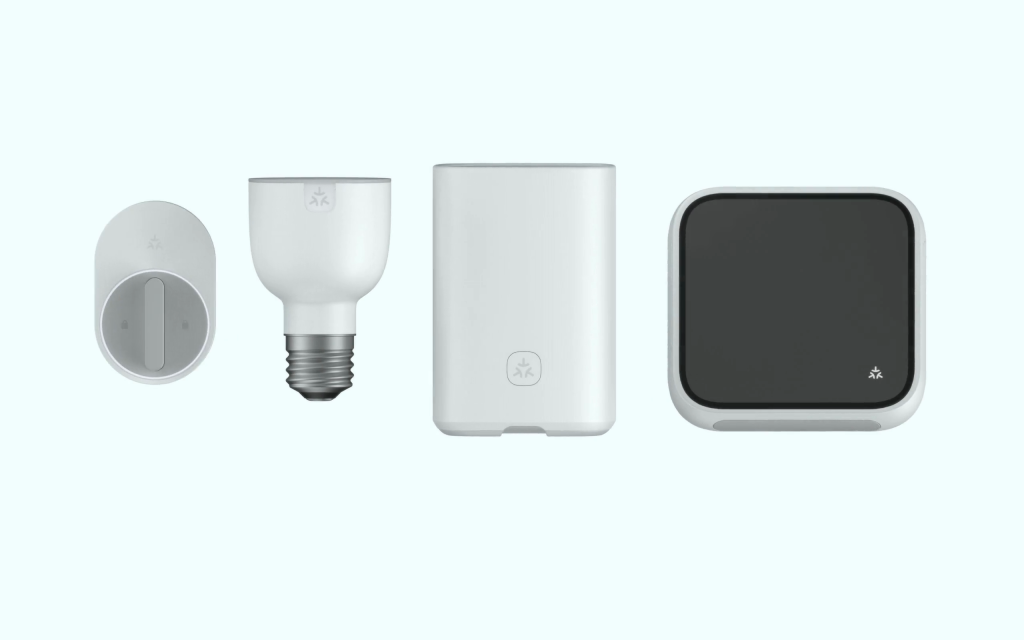
There are Matter products from popular and innovative brands across all initially supported device categories, with products and apps in users’ homes, on their smartphones and tablets, and store shelves. These numbers are in the hundreds of millions, if not more.
Since the release of Matter 1.0, we’ve had 24,600 downloads of the spec, more than 2,500 individual products – software, hardware, apps – certifications, nearly 33% growth in the number of companies who have joined the Matter Working Group, and the opening of an Alliance Interoperability Test Facility. There are 350 companies now participating in the Matter Working Group and over 4,700 individuals participating. We released two new updates to Matter in 2023, one in the spring with Matter version 1.1 and one in the fall with Matter 1.2
More than 280 companies, including vendors, are supporting the new Matter standard, and some are even innovating built-in Matter support and Wi-Fi sensing functionality to help operators continue to progress with Matter. Can share more details on the same?
This number has grown to 350 companies, almost double from when we announced the brand for Matter in 2021. We’re seeing companies joining the effort from all across the smart home and IoT ecosystem, and there continues to be unwavering support from our current members as well. Adoption is growing, and we continue to add new features, new device categories, and better and simpler tools for device and app makers.
Another great thing about Matter is that it enables innovation on top of it. Matter unlocks new opportunities for companies and individuals to create new experiences that will benefit consumers and make the smart home experience richer. We’ve solved the interoperability problem while adding in common elements and language along with a high bar of security. Now it’s up to companies to create on top of it.
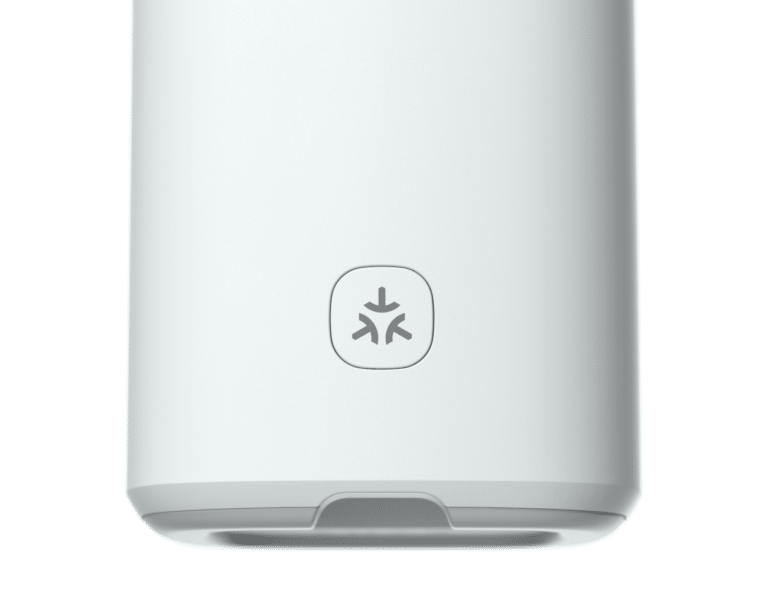
On the Wi-Fi sensing part, I believe you are talking about presence sensors. These are a powerful use case for Matter as now people can use occupancy as a way to make their home smarter and more energy efficient. We’ve seen some great examples already coming to market from our members and see this as a big and important category moving forward.
What do you have to say about the recent report, ‘Matter at One Year’, How will it help the industry?
The Matter specification along with the SDK, testing tools, and certification program are continuing to evolve with active participation from hundreds of leading smart home engineers and product experts. Their meaningful contributions and hard work demonstrate that Matter continues to gain momentum and that the overall experience for consumers and developers will continue to improve over time.
As users connect more of those Matter devices, member companies have actively engaged with each other about their experiences and initial challenges, and are continuing to make improvements in the specification to address them. We fully acknowledge that there is more work to be done in areas including interoperability, platform feature support, multi-admin, and Thread border router connectivity. We have teams actively working on making the experience better for developers and consumers alike and are confident that Matter will continue to evolve and get better over time.
What are the current strategic initiatives that the Connectivity Standard Alliance focuses on to enhance its impact in the industry?
The Alliance transitioned a few years ago from a single technology focus (Zigbee) to an umbrella organization where member companies can come together to solve industry challenges and foster the adoption of technology through global, open standards. In recent years, we’ve introduced new efforts for the smart home with Matter, digital access with Aliro, product security, data privacy, health and wellness, sustainability, and green power. Each of these efforts takes collaboration and consensus and can come to life as new standards, new principles, or under the guise of existing standards within the Alliance.
Product Security in particular is one that we are excited about and will have news to share about. This group’s mission has been to create a robust certification program, rooted in industry best practices, technical excellence, and adherence to existing product security regulations in countries around the world, serving as a beacon and ensuring the security of IoT devices. The aim is to improve the overall security of IoT products worldwide, with a mark recognized by regulators and consumers that confirms a product’s security meets requirements, which also makes it easier for device makers to certify once and sell anywhere.
Can you elaborate on any recent partnerships or collaborations that have been established to advance the mission of the Connectivity Standard Alliance?
We have strong relationships with the Wi-Fi Alliance and ThreadGroup and have been able to work in partnership with them to align on the technology stack that makes up Matter. As Matter is on the communication protocol level, we need transport technologies to enable full smart home control. That’s why Matter from the start has been IP-based and has used Wi-Fi and Thread as its core transport technologies. Many of our member companies are also invested in these technologies and are active in their development and direction.
How does the CSA approach software releases for Matter, (version 1.2)? How are these updates focused on improving the out-of-the-box experience for consumers?
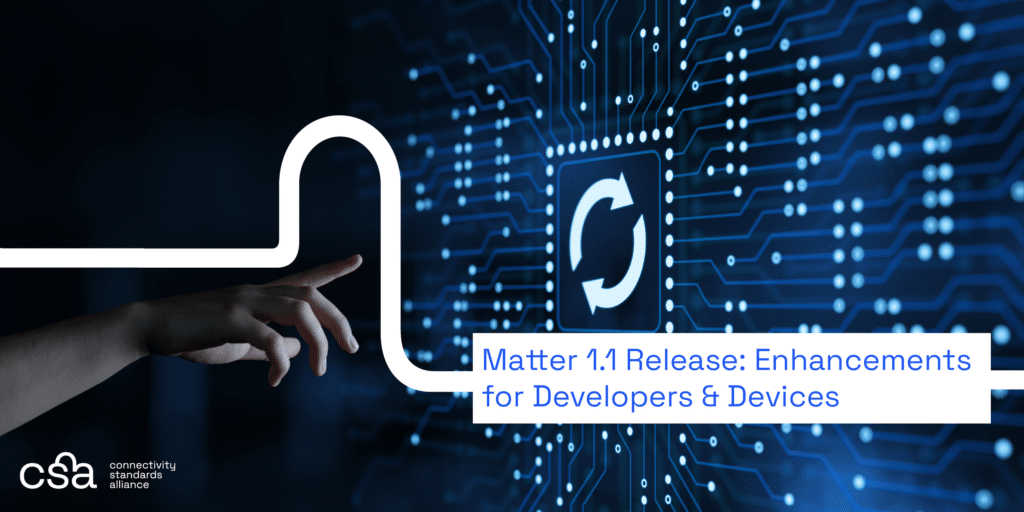
The matter is unique in the world of standards in that we made it a requirement that any products can be updated via software. This allows us to continue to improve the experience for consumers by solving issues that arise, maintaining a high bar for security, and adding new features and device categories over time. We have a bi-annual release schedule currently and have issued two updates to date, one last spring and one in the fall. These updates brought under-the-hood performance improvements in the first update, nine new device categories, and additional new features to expand on the experience.
As far as future updates go, our priority first and foremost is in making the experience better for consumers, to ensure we deliver on the promises that we have made around interoperability, reliability, simplicity, and security. Matter specification releases are the result of commitments by member companies to multiple stages of authorship, implementation, and testing.
We’ve already identified some fixes that can help make the experience better one year that we’ll roll into a future update. For new categories and features, we have active work happening on many different fronts at all times, and once we have a combination of consensus and participation, we can move forward with additions to the specification. New features and capabilities to look out for in 2024 include support for water heaters and heat pumps, EV chargers, routers, and access points, and potentially cameras, and also a standardized set of energy management features or principles. We’re still planning for two releases this year, one in the spring and one in the fall.
Considering the slowdown in the growth of the smart home market, how does Matter plan to contribute to market efficiency and automated network ecosystems?
One of the barriers to the broad adoption of smart home devices, and the evolution of the smart home experience overall, has been interoperability. It’s been hard for the industry to achieve scale when consumers have been locked into particular ecosystems or with a limited choice of devices that work with one another. Complex and inconsistent setup processes, connectivity issues, and security concerns, and reliability have also prevented the smart home from growing.
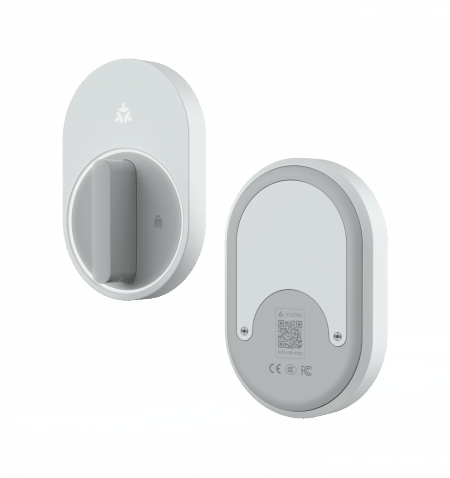
We are still in the early days of Matter, but the unprecedented scale of what we’ve built, in collaboration with and support from 350 global companies, solves these many challenges through open standards and we hope to solve the rest. With the speed at which the adoption of Matter is happening and the innovation happening around it, we have the best chance yet to take the smart home to the next level, making it both mainstream and ubiquitous in our lives.
Smart Home-as-a-Service Model: a. With more companies introducing subscription services, how does Matter plan to adapt to the shift towards the Smart Home-as-a-Service model?
We see a lot of potential in the smart-home-as-a-service model, with companies that have experience in the space and also with carriers and operators. In both of these cases, a central hub in the home can be Matter-enabled and then be the brain for the home, delivering connectivity, local control and control, automation and intelligence, and even applications on the edge. Operators can then recommend Matter-enabled products through their channels, and through packages or recurring billing, and then layer on services on top of these. We have many of the top global operators as members of the Alliance with many more eager to join.
What are your plans for the Indian Market?
The Alliance is a global organization, and India is an important market for the Alliance and our members. We have member companies from India and we see the potential to have a major impact in the market across our standards and technologies. From support and tools for device and app makers to align with these standards and technologies to leveraging the technology industry’s deep experience for insight and collaboration, to having a bigger on-the-ground presence, everything is on the table for India. We don’t have any specifics to announce regarding India at this time but will keep you and your audience updated when we do.
Click here to read full February issue – https://www.smarthomeworld.in/magazine-february2024/




